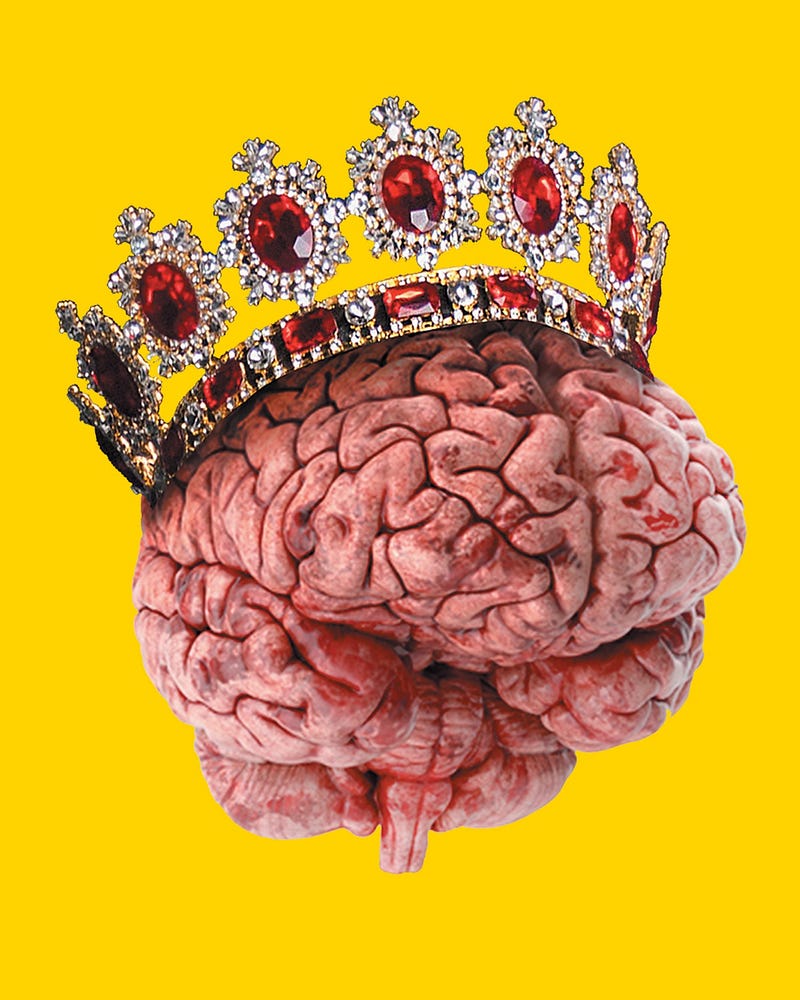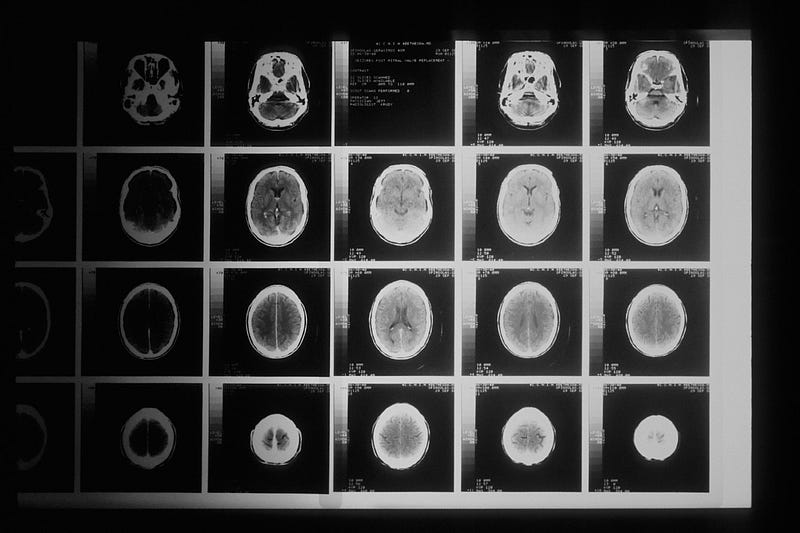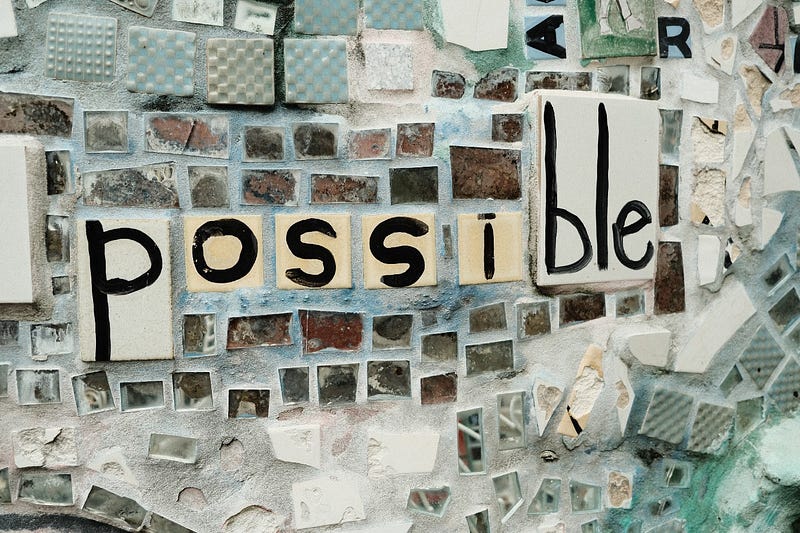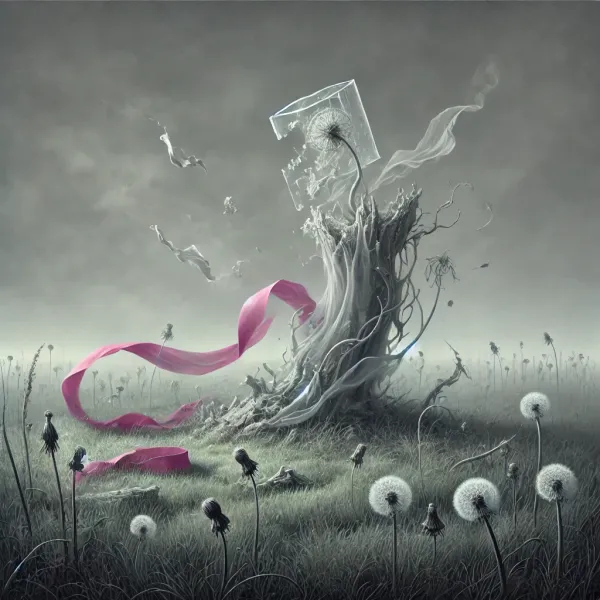How To Think Like A Possibilist
Do you see the glass as half-full or half-empty? Here is why you should choose a more holistic approach than these extremes.

We live in uncertain times. I guess that’s something we all can agree on. Climate change, pandemic, financial crisis, war — it is not so easy these days to keep a cool head when reading the daily news.
This fact is called the VUCA world in futurist and strategic foresight circles. VUCA was originally created back in the late eighties. It was a result of the changes happening in the post-cold-war world. But it is still describing very good (or even better than 30 years ago!) our current world.
VUCA stands for: Volatile, Uncertain, Complex, and Ambiguous.
The fact is, our world became a highly complex place, where it gets more and more difficult to anticipate where all this is heading.
And it is getting more and more difficult to keep yourself from thinking: the only way all this goes is straight to hell.
Our brain is here to help

But thankfully we are humans. Biologically designed to survive and adapt along the way.
And nature tried to balance us in a way, to make that possible.
Our brain is divided into two halves, the left, and the right hemisphere.
Whereas attributes of the left hemisphere are logic, facts, mathematics, and linear thinking, for the right hemisphere they are imagination, arts, and holistic thinking.
For decades these facts lead to the belief, that every person has a dominantside.
Meaning if you are a creative person, your left part of the brain is more dominant (like when it comes to which hand we are using for writing). And on the opposite, when you are more logic-driven, an engineering mind, your right brain takes the lead.
But this myth is actually back from the research of the 60s. Newer researchsuggests that this is not entirely true.
While specific areas light up in the designated area, carrying a specific task, it could not be proved that people have a dominant side.
Much more influence than genetics has on social surroundings, learning styles, individual preferences, etc.
But these halves have an influence on how you perceive the mentioned glass.
The Good, the Bad, and the bias.

You see, mother nature gave us both because for mere survival we need them both.
There are times we need to believe in ourselves, see the hope — be optimistic. Optimism has its home in the left side of the brain.
But there are other times when it is needed to see the risks, to be cautious, to see the bad part of the world — to be pessimistic. Pessimism lives on the right side of the brain.
Our nature even gives us a little head start in the right direction. This phenomenon is called optimism bias.
It describes that many people believe that they are at less risk of experiencing negative events in the future compared to other people.
Our biology wants us to have a positive outlook.
Many studies proved that optimistic people live a longer, healthier, and happier life. These findings go along with the fact, that most optimists do not inherit optimism genetically, but they learn it. Makes sense, the brain can be trained either way.
Think about it. When you are sad, lonely, or any other negative emotion, and you listen to your favorite song or watch your favorite show — the left brain is activated, and your mood elevates.
So why are we then not all trained optimists, singing Hakuna Matata all day long, living a worry-free life?
From fatality to possibility.

We live in a data-driven world. Data has the better idea. Where human decisions are emotionally driven, based on existing mental models, biases, and personal experience, data-driven decisions are fact-based only.
Looking at the world as a pessimist or optimist is exactly looking at the world through such a mental model.
While the optimistic view is letting us live longer and healthier, it does not mean that we can neglect the pessimistic view completely. After all, it was implemented to keep us alive, to let us see and assess risks.
But still — pessimism is like the dark side of the force, it is mysterious, attractive, and easy. One step too far, and it is very difficult to keep seeing the positive sides.
So what is the way out? We cannot live happily ever after in our pink-positive-optimist bubble. But shifting to the dark side? Hardly anyone looks good in a Darth Vader helmet (though in times of climate change and pandemics, maybe not the weirdest choice).
Think like a possibilist.

A possibilist neither hopes without reason nor fears without reason.
Instead of acting on your emotions, biases, or mental models, you rely on the data in front of you, to understand and estimate the probability of things happening.
And suddenly you do not see anymore only outcomes based on your dogmas and experiences, but a full spectrum of possibilities, with different probabilities.
Seeing this consequently means also, that you have a completely different range of possible reactions depending on the most probable event.
Your range of reaction is not anymore, doing nothing, because everything goes to bust anyway or acting right away, because it will be freaking awesome.
It is like when you used to see a coin lying on a table. You see either heads or tails. But when you think like a possibilist, you know that a coin has two sides, and even a certain thickness, which gives it a third dimension.
And your actions will be more sustainable in terms of the future. Because you took more eventualities into consideration!
This way of thinking enables you to enjoy the upsides of optimism without the risk of going blindsided by possible threads. It will make you more resilient and your actions more future-oriented.
What does all this have to do with the glass?
Yeah, well. People who see the glass as half-empty or half-full, are simply missing the point.
The glass of the possibilist is refillable.
If you enjoy this piece connect with me here on Medium or on Twitter!
And if you are not already a member of Medium, you should definitely become one — think of all the possibilities!





